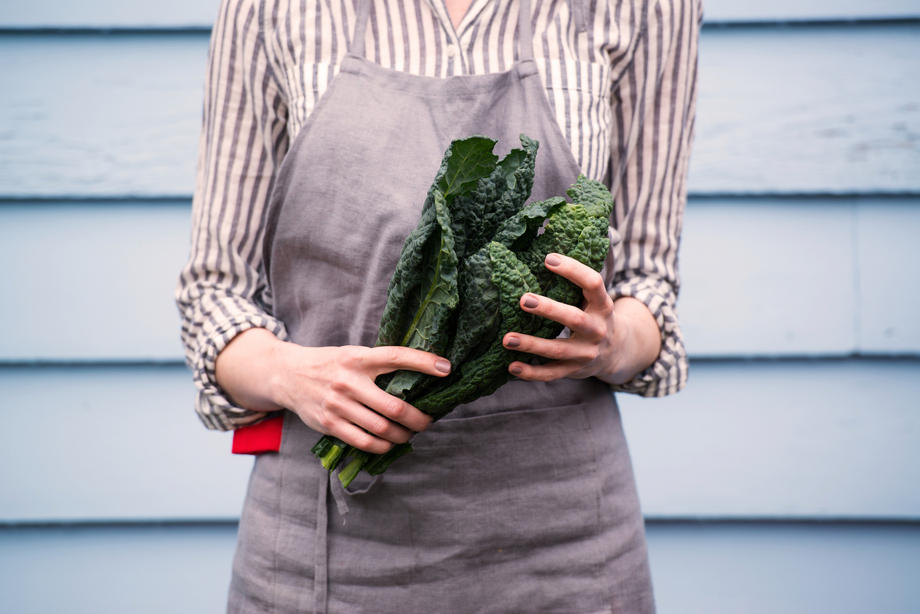The Local newsletter is your free, daily guide to life in Colorado. For locals, by locals.
Forget 10 seconds of fame, kale—that bountiful, fibrous, hearty veggie—reached celebrity status a few years ago when you couldn’t visit a restaurant without seeing a salad featuring the green. It has even weathered a scandal when, earlier this summer, Mother Jones reported on health problems related to an excess of kale (spoiler: you need to eat a lot of kale for it to have negative effects). Nonetheless, kale isn’t likely to lose its popularity, which is a good thing because the bright green and purple bunches arriving at the market are too gorgeous to pass up.
Kale | Family: Brassicaceae

From the Farmer: A single kale plant can yield $20 worth of kale, which explains why it is so popular with farmers. Kale is harvested for much of the season, but the first frost will add sweetness to the leaves, meaning that picking up a bunch at the market in the fall is a swell idea. “It packs on sugar as a way of protecting itself,” says Eric Skokan of Black Cat Farm Table Bistro, Bramble & Hare, and Black Cat Farm. “Kale has its own antifreeze mechanism and that comes out in just delicious sweetness.”
Good for You: If you’ve got high cholesterol, kale should probably be part of your regular diet thanks to its high fiber content. It helps detox your digestive system, while also pumping you up with vitamins A, K, and C. Let’s put it this way: If the Popeye cartoon was created today, his food of choice might have been kale instead of spinach.
At the Market: Kale varieties are surprisingly abundant and subtly different. Look to Red Russian to add color to your plate, frilly kale for a mild pepper flavor, or Lacinato kale when you want to show off the full leaf on a plate (think: kale chips or grilled kale). Baby kale—same plant, just young leaves—requires no preparation and can be tossed immediately into a salad mix, but you’ll need to remove the thick stems of mature leaves before using raw or in cooking. Look for leaves that are robust and perky, although you can sometimes revive wilty kale in an ice bath.
Around Town: While there are plenty of kale salad riffs around town, the one served at Acorn still reigns supreme (it is an adaptation of a salad created at Boulder’s Oak at Fourteenth). Learn to make it at home here.
In Your Kitchen: During this time of year, both my garden and my CSA share supply me with an overabundance of kale. You won’t hear complaints from me, though, as I prefer this hearty green to both lettuce and spinach. In the morning, I’ll sauté a few baby leaves and serve with a fried egg. Last night, I substituted kale for edamame in this risotto recipe. I’ll often use it in place of spinach, especially when making soups. Once you start down that path, you’ll find places for it in pasta and, even, twice-baked potatoes. Next up: April Bloomfield’s kale pesto recipe.








